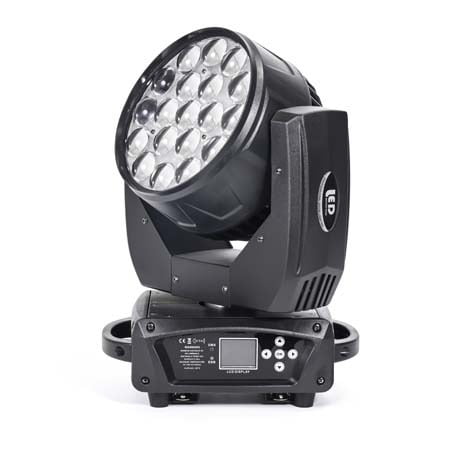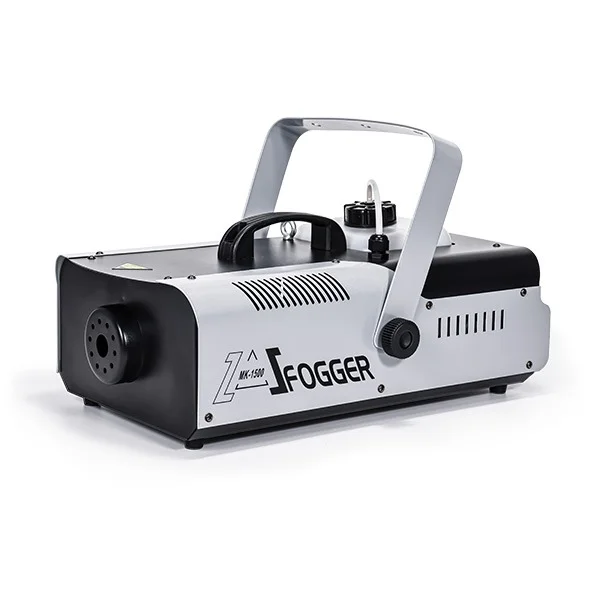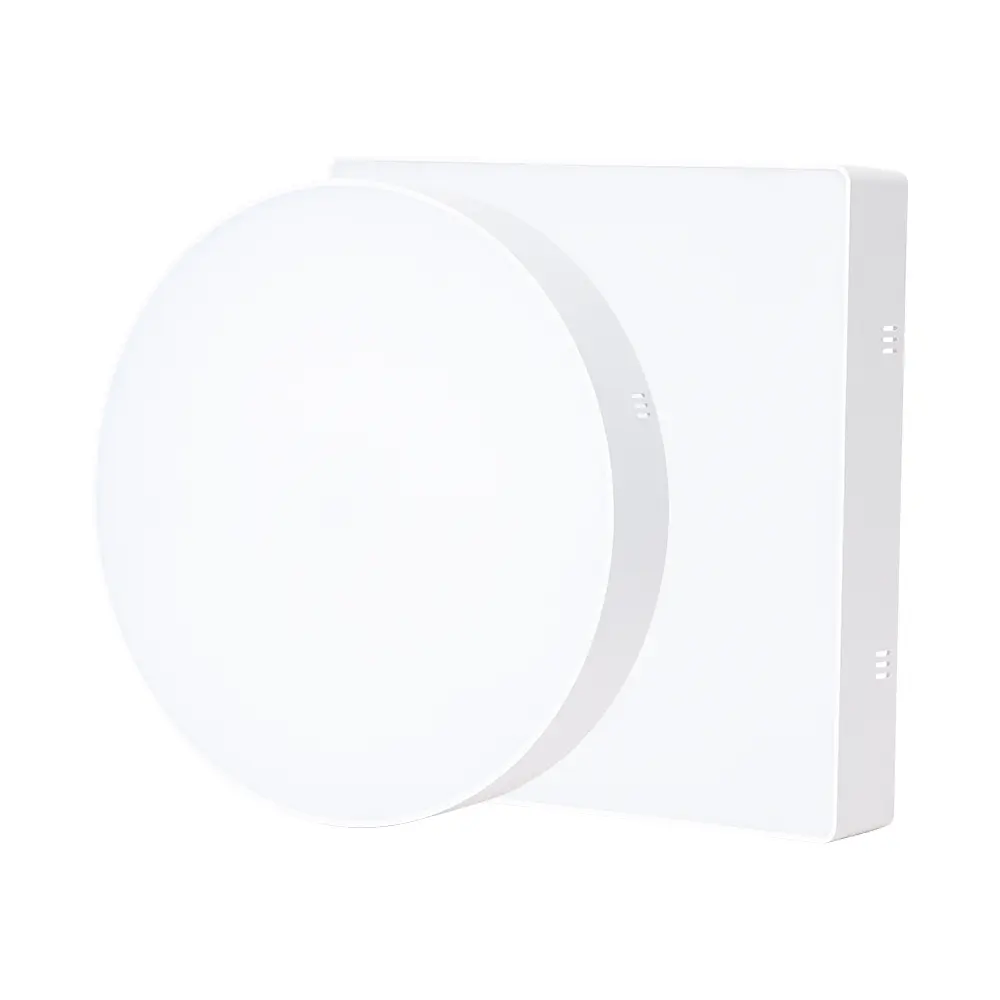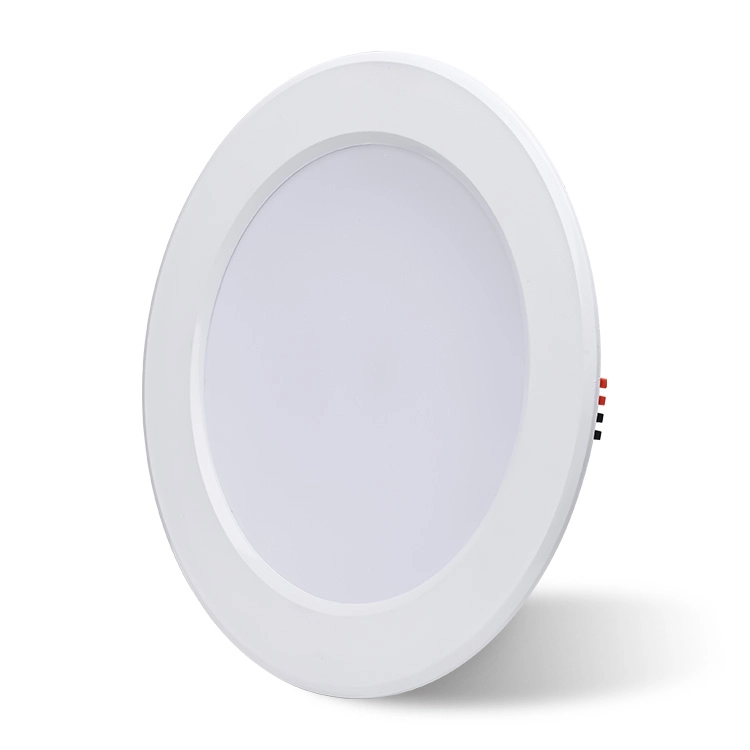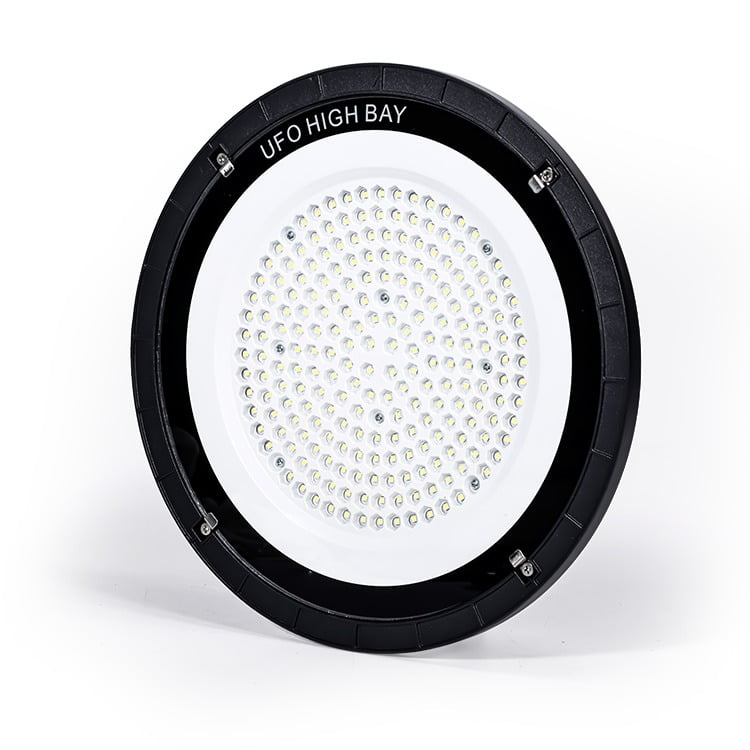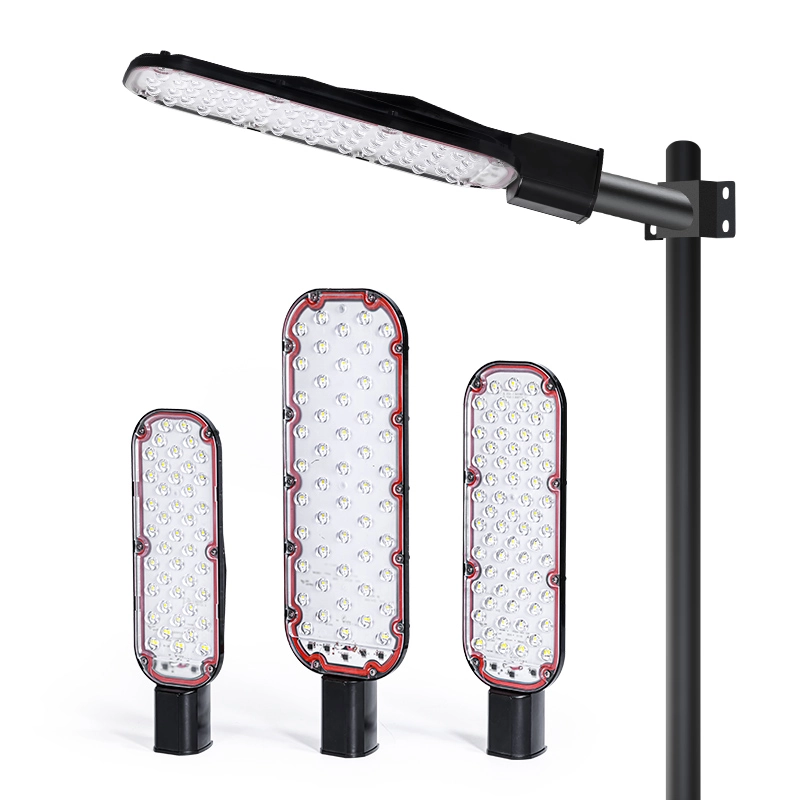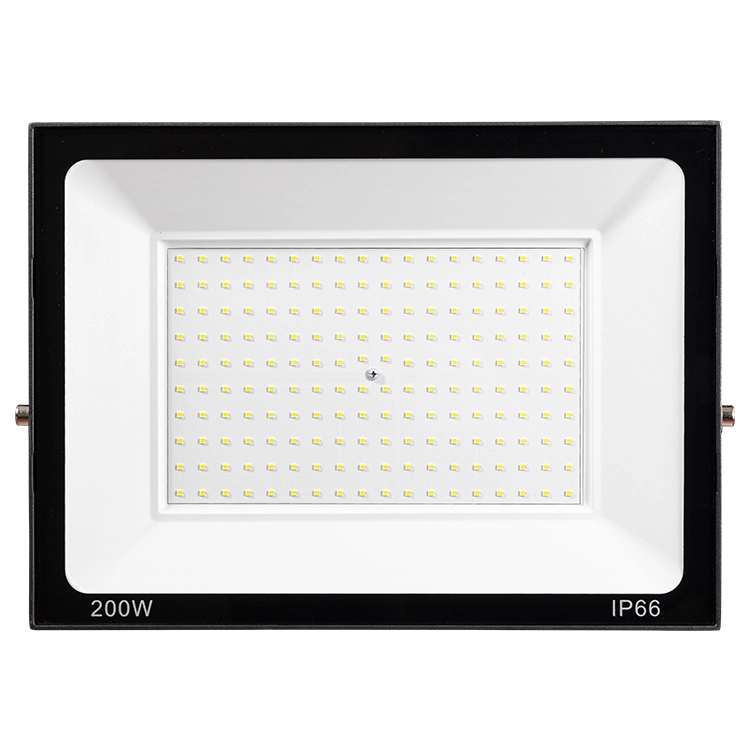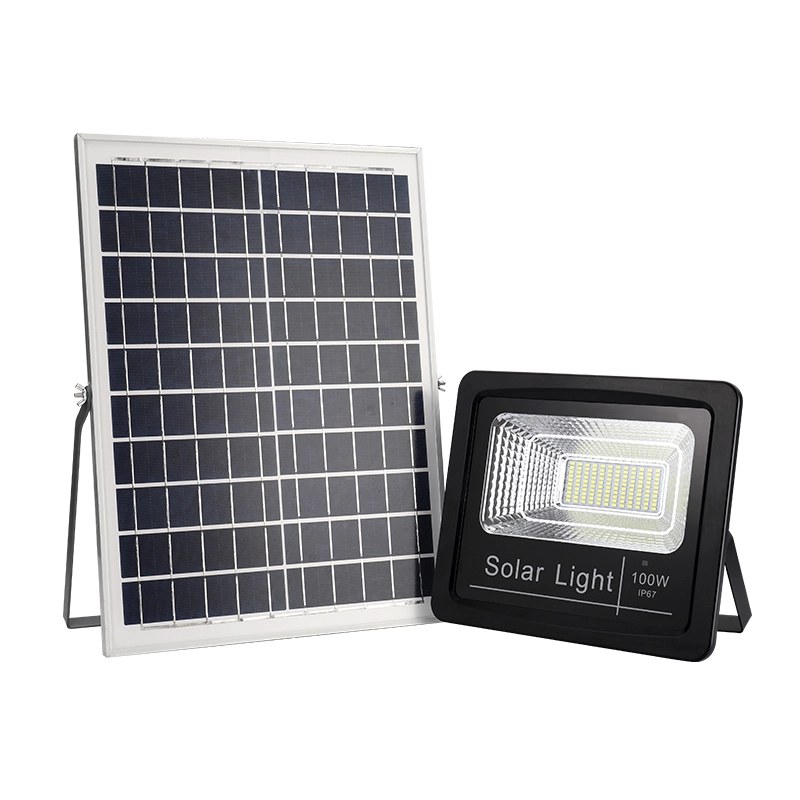Creating an effective lighting plan for a small church requires more than just adding a few fixtures. A well-designed lighting setup helps foster a reverent atmosphere, improves focus during sermons, enhances visibility for both in-person and streaming audiences, and elevates the overall worship experience. This guide will walk you through practical lighting solutions and zoning strategies tailored to smaller worship spaces with limited budgets and physical constraints.
1. Why Lighting Matters in a Small Church
In small churches, lighting isn’t just functional—it’s pastoral. The right setup can bring warmth, highlight key moments, and subtly guide attention without overpowering the sacred environment. Compared to large churches, smaller sanctuaries often deal with:
Lower ceiling heights
Less space between audience and platform
Natural lighting conflicts (windows behind the pulpit)
Limited control infrastructure
Therefore, choosing efficient, flexible, and aesthetically appropriate lighting becomes essential.
2. Key Considerations Before You Design
Before selecting any lights, consider:
Ceiling Height: Lower ceilings limit fixture beam angles and hanging positions.
Stage Dimensions: Measure pulpit width, altar depth, and background wall height.
Ambient Light Interference: Note any windows, skylights, or existing fluorescents.
Worship Style: Traditional vs. contemporary may call for different lighting moods.
Budget: Consider both upfront fixture cost and long-term energy efficiency.
3. Recommended Fixtures for Small Churches
Compact LED PAR Light (15W–50W)
A compact LED PAR light is ideal for churches with limited ceiling height or narrow architecture. With a 25°–45° beam angle, it provides gentle, diffused lighting across the altar or choir area. Opt for fanless models to ensure silent operation and integrate DMX dimming for smooth light transitions during services.
Mini Profile Spot Light (with Framing Shutters)

A mini profile spotlight allows precise lighting for key focal areas such as the pulpit or a backdrop cross. Framing shutters help shape the beam, while warm white tones create a natural look for livestreams or sermons. Ideal for ceiling-mounted or wall-mounted applications in compact sanctuaries.
Low-Profile LED Uplight (Wireless Optional)

A low-profile LED uplight is excellent for architectural highlights like stained glass, wood carvings, or banners. Use RGBW uplights to shift ambiance for weddings or seasonal events. Wireless options are perfect for mobile setups or shared worship spaces.
DMX Control Console

A DMX control console is the brain of the church lighting system. It allows centralized control over all DMX-compatible fixtures, enabling volunteers or operators to fade, dim, and switch lighting scenes smoothly. For small churches, consider entry-level consoles with pre-set scene buttons and simplified interfaces.
Beam Light for Dynamic Church Events
A beam light is ideal for small churches that occasionally host youth nights, gospel concerts, or special services. Its sharp, narrow beam cuts through ambient light to create a dramatic effect, adding energy and focus to the stage. Paired with simple DMX controls and mounted on a tripod or lighting stand, beam lights can elevate the atmosphere during high-impact moments without overwhelming the space.
4. Lighting Zones in a Small Church Setup
Pulpit Zone
This is where most of the attention should go. Use warm white profile spots or 25° PARs mounted at a 45° angle for facial clarity without shadowing. Keep brightness consistent to ensure the speaker remains the visual anchor.
Altar Zone

Backlighting the altar with low-profile LED strips or small uplights adds dimension without being a distraction. It helps accentuate key spiritual symbols and prevents the rear wall from appearing flat or underlit.
Congregation Zone

General overhead lighting should be soft and uniform to avoid glare. Use dimmable LED fixtures so the intensity can be adjusted for different events, like Sunday worship vs. evening vigils.
Background Wall or Projection Zone

Minimize lighting here to avoid interference with projected lyrics or video. If needed, use framing shutters on spots or position PARs carefully to avoid washing out screen content.
Multi-Purpose Space

Many small churches have rooms that serve multiple functions. Portable battery-operated PAR lights or tripod-mounted fixtures offer versatility without requiring ceiling installs.
5. Sample Configurations for Different Church Sizes
| Setup Type | Seating Capacity | Suggested Fixtures |
|---|---|---|
| Basic Setup | Under 50 seats | 2 PAR lights, 1 profile spot, 1 uplight |
| Expanded Setup | 50–100 seats | 4–6 PARs, 2 profile spots, 2–4 strip uplights |
This modular approach allows for phased upgrades as your lighting needs evolve.
6. Affordable Lighting Control Options
Basic DMX Console: Offers manual fader control and scene saving.
Mobile DMX Apps (Art-Net): Control lighting via tablet or phone for smaller setups.
Wall Panels: For churches without tech volunteers, pre-programmed buttons can be used for “Sermon,” “Worship,” and “Prayer” modes.
7. Common Mistakes to Avoid
Using residential LED bulbs (they lack beam control and dimming capability)
Placing fixtures too close to projection screens
Using only white lights, which flatten visual impact
No dimming capability—makes transitions feel harsh
Lighting faces from directly below (creates unnatural shadows)
8. Real-Life Example: A $2,500 Lighting Upgrade
A rural church in Georgia with 60 seats upgraded its lighting with:
4 warm white PARs for pulpit and altar zones
2 profile spots on ceiling beams
3 RGB LED uplights for the background cross
A simple 8-channel DMX controller
Total cost: $2,400 including cables, clamps, and installation
The result was a more intimate, professional look—greatly improving worship atmosphere and livestream video quality.
9. FAQs
Q1: Can I use home LED lights in a church?
No. Most home LEDs aren’t dimmable or directional. Stage lighting offers focused output, color temperature control, and DMX compatibility.
Q2: How bright should the pulpit lighting be?
Around 300–500 lux is ideal. The goal is to clearly light the speaker’s face without causing glare or washing out projection screens.
Q3: Do I need DMX if I’m only using 4–6 lights?
DMX is still recommended. It allows you to dim, fade, and create scene presets—even in a simple setup.
10. Conclusion
A small church doesn’t require a large lighting budget—just a well-planned approach. By using the right fixtures, breaking your space into functional zones, and incorporating dimmable control, you can significantly improve both in-person engagement and livestream quality. Whether you’re starting with four lights or building toward a full system, thoughtful design is key to effective worship lighting.
Need help planning your small church lighting upgrade?
Contact our team to get a custom recommendation based on your space and budget.


